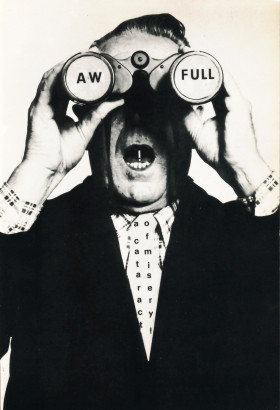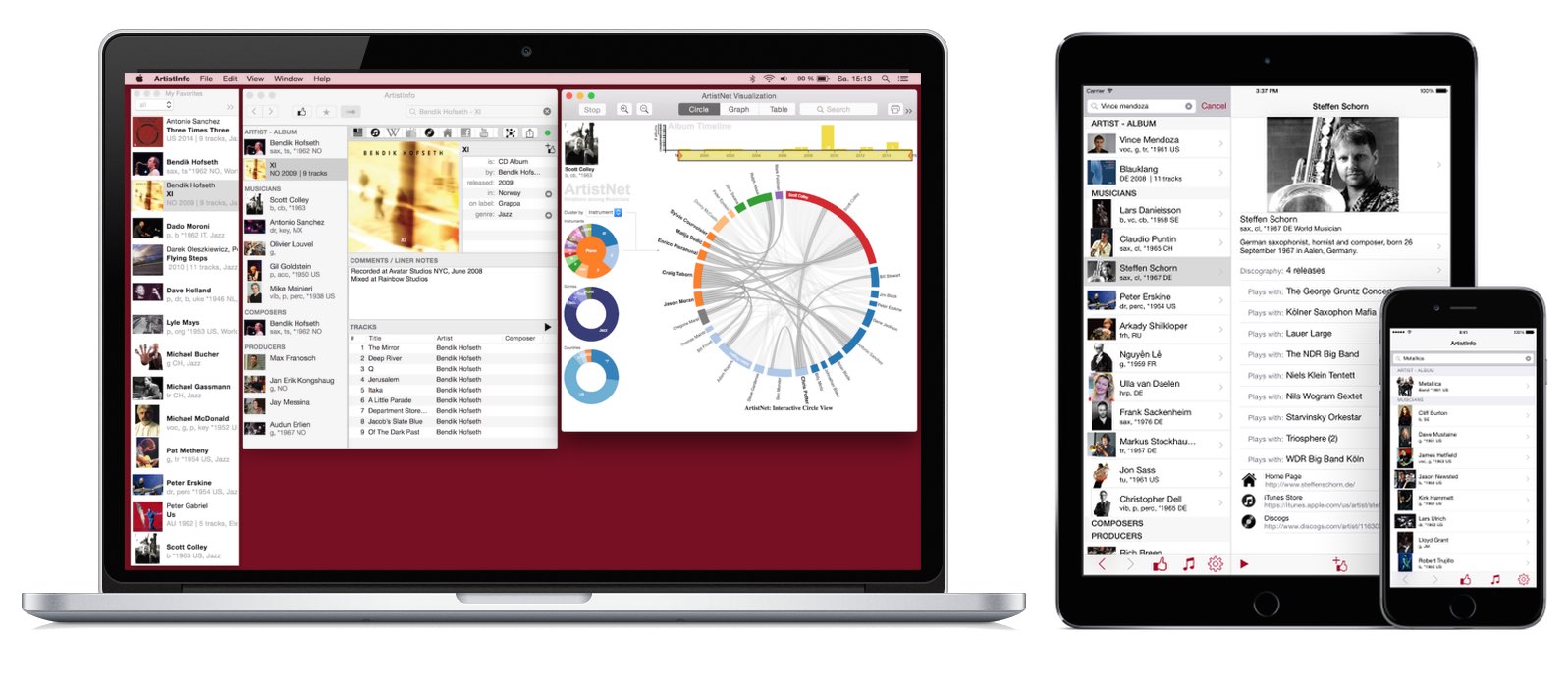
Paul De Vree
BE
Spoken Word and Electronic
Paul de Vree (13 November 1909 in Antwerp, Belgium - 25 April 1982 in Antwerp, Belgium) was a Belgian poet, artist, publisher and critic. In the early 50s De Vree abandoned writing traditional poetry and then went through the stages of audiovisual poetry, concrete-visual poetry, visual poetry and poesia visiva. His works can be situated in the tradition of the international avant-garde that ran from Stéphane Mallarmé, Guillaume Apollinaire and Filippo Tommaso Marinetti via Van Ostaijen to Raoul Hausmann and Dada. De Vree created images of poetic, social and existential insights that appeared on constantly changing supports. De Vree was a complex and important figure with an international network and field of activity. He was particularly active in concrete and visual poetry and was important for the arts in his role as a critic and exhibition organiser. In 1953 De Vree initiated and co-founded De Tafelronde (1953-1981) magazine, which under his stimulus became the organ of Flemish experimentalism, international concrete poetry and poesia visiva. In 1958 he co-founded and became chairman (until 1969) of the ‘Modernist Centre’, the later ‘National Centre of Modern Art’. In 1960 it was joined by Filmgroep 58 on De Vree’s insistence. It was partly through this that he made more and more contact with members of the then national and international artistic avantgarde. He was co-founder for example of the forum exhibitions in Ostend and Ghent (1960-1962), the Objektieve Poëzie exhibition in Antwerp (1963) and the international Integratie 64 exhibition in Deurne (1964). In this way De Vree presented himself as a defender of non-figurative art in general, of the Zero movement (Manzoni, Fontana, Dorazio, Schoonhoven, Armando, Leblanc), the New Flemish School, for whom he also drafted a manifesto (Verheyen, Gentils, Dries, Van Anderlecht, Mees) and Constructivism (Vandenbranden, Delahaut, Peire, Van Severen, Swimberghe) in particular. In De Tafelronde and in introductions to various catalogues he repeatedly emphasised the parallels between literature and the plastic arts. In the early sixties he came into contact with the concrete poets, including Henri Chopin, Pierre Garnier and Frans Vanderlinde, whose contributions raised De Tafelronde to an international level. At the end of the same decade De Vree received recognition for his own visual-poetic work outside Belgium and he came into contact with the dadaist Raoul Hausmann (1886-1971), with whom he corresponded a great deal. Together with the Italian visual poet Sarenco, in 1971 he founded the magazine Lotta Poetica (Brescia, 1971-1975) followed by Factotum Art (1977-1982). He participated in numerous national and international exhibitions with his visual poetry. In 1970 De Vree was curator of the last future-oriented section of the survey exhibition on visual poetry in het Stedelijk Museum in Amsterdam (?Konkrete poëzie, klankteksten, visuele teksten, 1970) and in the ICC Konkrete poëzie (1971) and Twintig jaar De Tafelronde (1975) and Lotta Poëtica 1971-1975 (in 1978).
Genres
Discography
| Title | Artist | Year | Type |
|---|---|---|---|
| Hippocosmos, Onuitgegeven Opnames 1967-1979 | Paul De Vree | 2012 | Album |
| Toute Predication | Paul De Vree | 1979 | Album |
